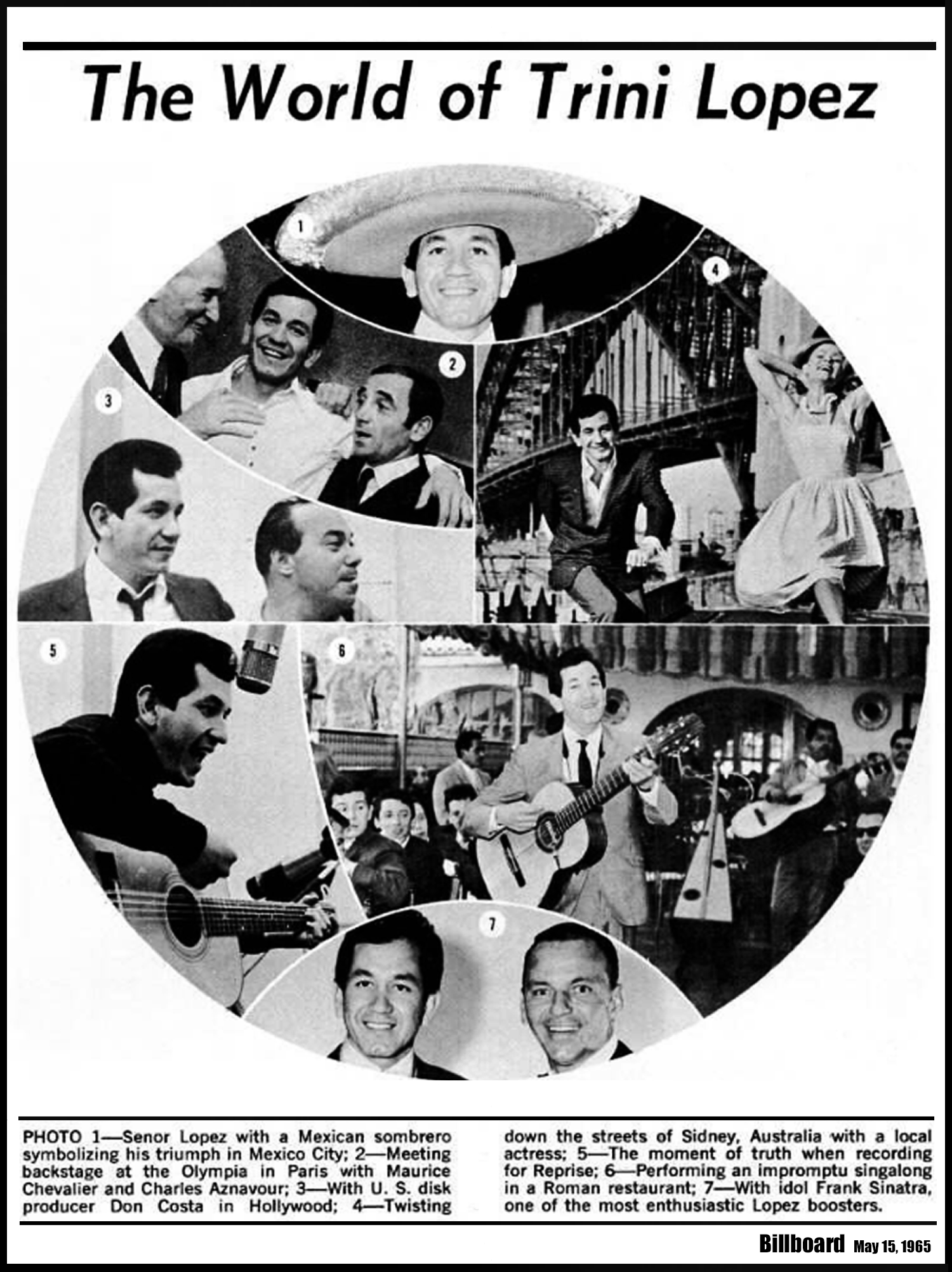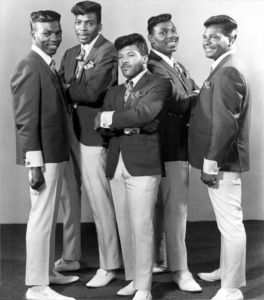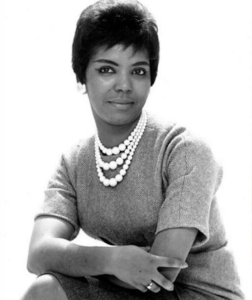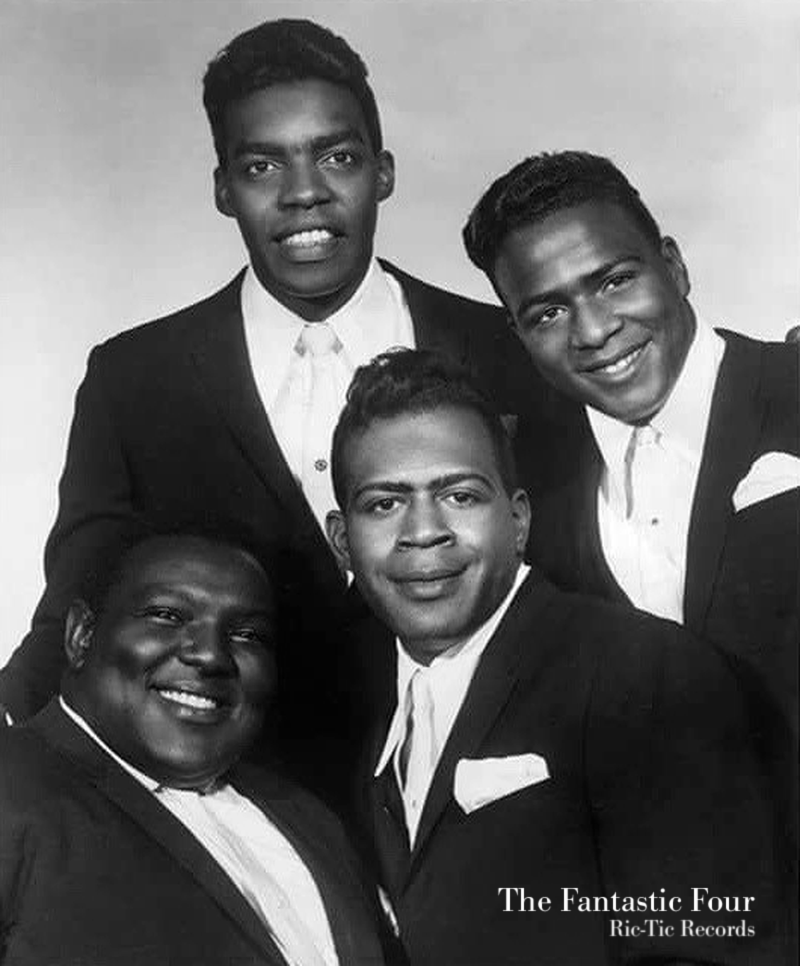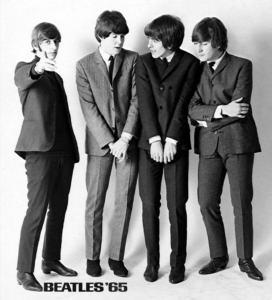 Disk Exposure Is Key to Lopez Success
Disk Exposure Is Key to Lopez Success
By Mo Ostin, General Manager, Reprise Records, also contributed by Billboard columnist, Eliot Tiegel
_______________

Trini Lopez’s simplicity of style and animal kind of excitement are the basics behind his success in the record industry. His Latin background is one key to his universality. It’s definitely part of his singing and also adds to his personality.
Trini is the best example of an artist made successful by records. I don’t think there is anyone whose career has been advanced better on records than Trini. We go right to the very beginning with him when Don Costa called and asked if I was interested in hearing a sensational new singer.
The reason for recording his first album live before an audience was to capture precisely the kind of excitement he was generating at PJ’s.
After we recorded his first album we became so excited that I called Frank Sinatra and told him that Trini could not get national recognition if he was restricted to PJ’s. I asked about getting him booked at either the Sands or Cal -Neva and Frank said if we believed in him we’d give him this support. A booking at Cal -Neva in 1963 was the springboard in breaking him out of the local area.
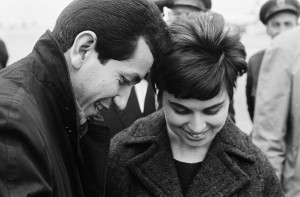
The second step was his fantastic acceptance in person in Europe. His record of “If I Had A Hammer” was the sensation of Holland (#1 in 38 European countries last year) which prompted an appearance on the television program “Grand Gala De Disc” which opened the doors for European concerts. Despite language barriers, Lopez is probably the number one artist in Holland. Most discotheques in France play his records.
But in little over a year the 27-year -old Dallas singer had broken attendance marks, set the Europeans singing and dancing along with his infectious melodic style and traveled more than 100,000 miles to earn $480,000.
At the Olympia Music Hall in Paris, the Reprise artist reportedly stole the spotlight from the Beatles, earning more encores than the mop-tops. In Berlin 23,000 persons crammed an arena to hear him sing. In Buenos Aires he drew 60,000.
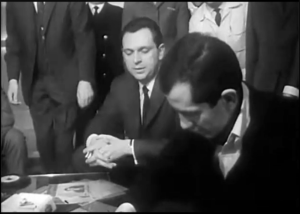
More of the same occurred in Holland, Belgium, Spain, Italy, Puerto Rico, New Zealand, Australia, England, Germany, Monte Carlo, Beirut, Canada and Mexico. In Mexico City he broke the attendance record at the Terrazza Casino and earned $80,000 for two weeks’ work.
Trini’s success in Europe can be directly traced to the single, “If I Had A Hammer,” culled from his debut LP for Reprise. This LP was cut live at PJ’s, a Los Angeles night spot.
A call by Pete Fellerman, Reprise’s licensee in Holland, to Mo Ostin, Reprise general manager in Burbank, Calif., exclaiming that “Hammer” had everyone excited, alerted the record company of a developing enthusiasm for Trini. Fellerman said if Trini could appear on the Eurovision TV show “Grand Gala De Disc,” he felt the record could break wide open all over the European continent.
Lopez did go to Europe after ending a two-year engagement at PJ’s and his appearance on the TV show excited other European bookers.
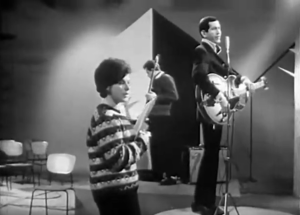
[Bullets] Durgom (Lopez’s manager) relates it was “thrilling to hear European audiences, many of who couldn’t speak English, singing along with Trini on such singles as ‘Hammer,’ ‘America,’ ‘This Land Is Your Land’ and ‘Kansas City.’ “It reminded me of a revival meeting,” Durgom said. The effect worked and through advance radio exposure, audiences memorized the lyrics and came in person to see the young American with the Latin accent, the infectious rocking beat and the happy voice. Accompanying Trini on his first European tour were David Shriver, bass guitar, and Mickey Jones, on drums, since replaced by Gene Riggio.
Lopez has gone beyond merely being a singer in front of two guitars and drums. At his first Basin St. East appearance in New York last year he added new instruments to the act. He’s continually branching out on records to see if he can go in different directions. END
_______________
Information, credit, and news source: Billboard; May 15, 1965

![]()
![]() On August 1, Motor City Radio Flashbacks will showcase Trini Lopez’s live concert performance (including the entire Trini Lopez pre-concert interview) held in Brussels, Belgium on August 26, 1964.
On August 1, Motor City Radio Flashbacks will showcase Trini Lopez’s live concert performance (including the entire Trini Lopez pre-concert interview) held in Brussels, Belgium on August 26, 1964.
Coming up, Monday! Only on Motor City Radio Flashbacks
![]()

